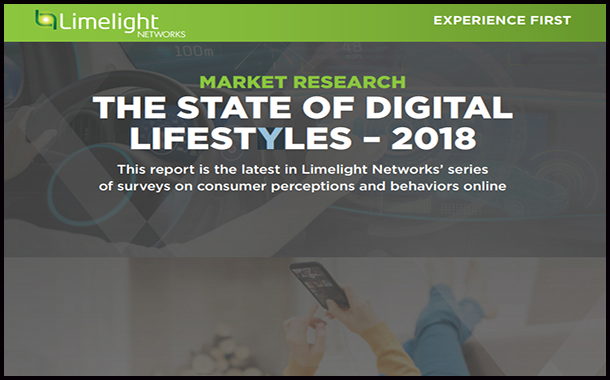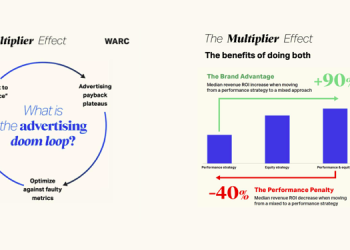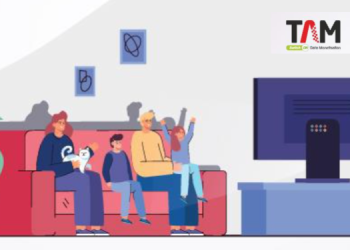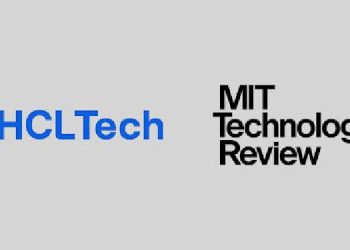New Delhi: The digital opportunity is becoming more evident in India with every day that passes. Indians are actively adopting digital services and technologies as part of their day-to-day lifestyles. According to the new “State of Digital Lifestyles” report from Limelight Networks (Nasdaq: LLNW), a global leader in digital content delivery, almost two-thirds of Indian consumers surveyed say they could not go a single day without their mobile phones, with Indian consumers ranking second, after Malaysia, for being the most addicted to their digital devices.
Respondents in ten countries were asked how they interact with digital media and the impact of technology in their lives. Interestingly, when asked how long they could part from their favourite digital devices, 66 percent of Indian users claimed they would not be able to stop using their mobile phone for even one day. In comparison, the global average of users unwilling to separate from their mobile phones stands at 48 percent. Laptop and desktop computers were the second most integral digital technology for Indian users, with 45 percent of respondents reporting that they could not go without them for even a day, which is highest in the survey and 12 percent more than the global average of 33 percent.
It is evident that Indian users are readily embracing this digital wave, with 93 per cent of Indian respondents acknowledging that digital technology has positively impacted their lives. On the other hand, Japanese and German respondents believed this change to be the lowest with only 11 percent and 25 percent of them reporting digital technology to have had a significant impact in their lifestyles. Indians also are the most optimistic about the impact of technology on their lives globally.
Additional insights from the report include:
- Entertainment has gone digital: India has the highest level of engagement across all types of online digital content. This includes 78 percent downloading or streaming music at least once a week, the highest rate among the surveyed countries. Indian respondents also displayed higher inclination to downloading movies and watching them offline, which is 12 percent higher than the global average.
- The use of digital devices for fitness is a growing trend: As the curtains drew on International Yoga Day, it was evident that Indians are highly concerned about their health. The survey reported that India had the highest adoption of health and fitness trackers, with 35 percent of Indian respondents owning trackers like Fitbit, Garmin, or Apple Watch, while 33 percent were planning to buy one within the next six months.
- Security is a top concern when using internet-connected devices. Nearly half (45 percent) of global consumers are concerned about the privacy of data collected by digital assistants, and 42 percent worry about security and potential hacking into the devices. This apprehension over security, however, was one of the lowest amongst Indian respondents (36 percent).

Commenting on the survey, Gaurav Malik, Country Head, India at Limelight Networks said, “India has made remarkable progress in terms of digital adoption. One of the key takeaways from the survey has been that the Indian users are clearly more willing to adopt digital products and services and make it a part of their day-to-day lives. This is a positive sign for all stakeholders, including market players, consumers, and the government, as it leads to a win-win proposition for everyone and will boost the productivity of the nation as the digital adoption increases.”
“At Limelight, we look to continue developing innovative solutions to empower content distributors and businesses address consumer demands for high-quality, responsive, and secure online experiences,” said Malik.
The State of Digital Lifestyles report is based on responses from 5,000 consumers in France, Germany, India, Italy, Japan, Malaysia, Singapore, South Korea, the United Kingdom, and the United States age 18 and older who had downloaded software or streamed online video or music during the last month. The full report is available here.


















